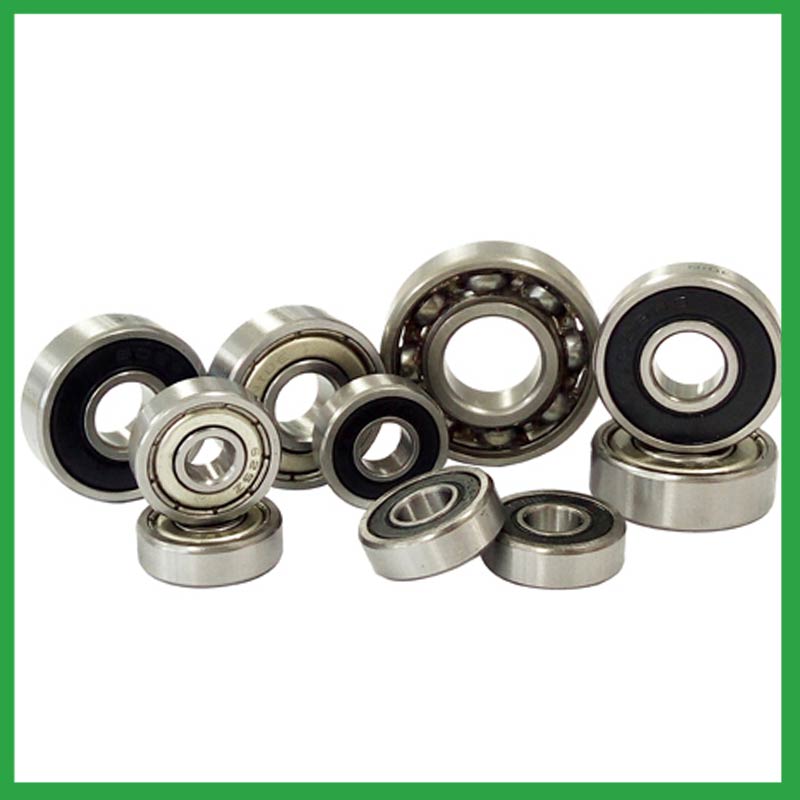PRODUCTS
CONTACT US
Ningbo Nide International Co., Ltd.
一一
· Contact person:Jack Zeng
· Mob/Whatspp/WeChat:0086-13738869026
· Email:emarketing@nide-group.com;marketing4@nide-group.com
· Add:No. 169, Wohushan Road, Daqi Subdistrict, Beilun District, Ningbo, China

Nide team could manufacture ball bearing as per customer’s drawing and samples.
If customer only has samples, we could also design drawing fo r our customer.
We also provide customized service.
Our ball bearing is widely applied the different industrials.
Ningbo Haishu Nide International Co., Ltd is a professional bearing manufacturer and distributor. We were founded in 2010 and have been engaged in the bearing industry for 13 years. Our company specializes in producing thermal protector,carbon brush,ball bearing,motor cover and lamination,insulation paper,commutator and other products. Meanwhile, we have a good cooperative relationship with world-renowned bearing manufacturers. Relying on the first-class bearing quality to ensure that we have many customers around the world, such as the United States, Europe, Africa, and India, Brazil, Türkiye, Turkey,Puerto Rico,Laos,Navassa Island and other countries.
Nide team could manufacture ball bearing as per customer’s drawing and samples. If customer only has samples, we could also design drawing for our customer. We also provide customized service.Our goal is to help customers reduce tedious purchasing pressures while obtaining high-quality products. Nide hopes to provide one-stop motor manufacturing services to global customers.
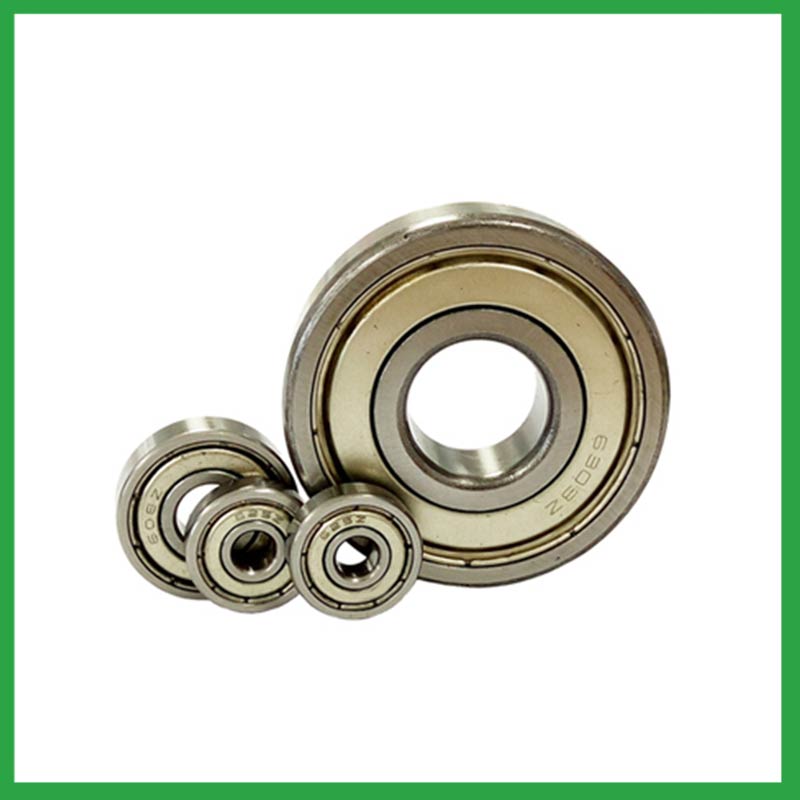
| Parameter | Information |
| Product Name | ball bearing 1 |
| Place of Origin | Ningbo,China |
| Brand Name | Nide |
| Material | chrome steel, etc. |
| Type | Ball |
| Warranty | 3months-1year |
| Port | Ningbo/Shanghai |
| Application | small rotary motors, etc. |
| Size(mm) | customize |
| Color | white+customized |
| Precision Rating | as per customer's requirement |
| Certification | ISO 9001 Certification,CE-stator coil forming machine,CE-stator coil lacing machine,etc |
| Feature | Strong carrying capacity,Simple structure...etc |
| Packaging Details | Suitable for sea transportation |
| Service | one-stop service |
| Model Number | ball bearing |
| Supply Ability | 100000-500000 Piece/Pieces per Month |
| Lead time (days) | 15-20 (To be negotiated) |
Please note: The above table data is for reference only. For specific information, please contact us.
Bearings with ball bearings as rolling elements mainly include cylindrical roller bearings,self-aligning ball bearings,adjustable ball bearings,thrust ball bearings, etc.
During the disassembly process, the outer shell should be kept intact to avoid unnecessary damage;
When replacing installation components, attention should be paid to the accuracy of the support components to prevent deformation;
During the disassembly process, attention should be paid to protecting the surface quality of the ball bearing to ensure its performance;
During the operation, attention should be paid to removing surface dust to ensure the quality of the ball bearing.
Ball bearings have many advantages, making them highly competitive in the market.
Firstly, they are very durable and have good wear performance, making their service life longer than many other types of bearings.
Secondly, they are easy to install and can provide low friction performance in various applications.
Thirdly, they require a relatively low level of maintenance, making them cost-effective.
In addition, compared to many other types of bearings, their purchase cost is relatively low, making them an economical choice.




ball bearing 1---FAQs Guide
2.What are the common materials used in ball bearing 1 manufacturing?
3.Are there self-aligning ball bearing 1 that accommodate misalignment and shaft deflection in rotating equipment?
4.How do cage materials and designs impact ball bearing 1 performance and stability?
5.Are there ball bearing 1 designed for extreme temperature environments, such as cryogenic or furnace applications?
6.What anti-corrosion coatings or treatments are available for ball bearing 1 used in marine or outdoor applications?
7.Are there ongoing research and development efforts aimed at improving ball bearing 1 materials, designs, and lubrication techniques?
8.As a ball bearing 1 manufacturer,Your product certifications?
9.Are there ceramic ball bearing 1 designed for specific applications requiring high-temperature or corrosion resistance?
10.As a ball bearing 1 manufacturer,can you supply samples?
11.Are there specific ball bearing 1 designed for applications in the aerospace and aviation industries, and what standards do they adhere to?
12.What maintenance practices are recommended to extend the lifespan of ball bearing 1 and prevent premature failure?
13.Do ball bearing 1 come in various tolerance classes?
14.How do cage designs affect ball bearing 1 speed and acceleration capabilities in high-speed machinery?
15.Can ball bearing 1 operate in high-temperature environments like industrial ovens or furnaces, and how are they protected from heat-related damage?
16.What is the typical noise level associated with ball bearing 1, and how are noise-reduction techniques applied?
1.What are the ball bearing 1 product skill training options?
Quality comes from being controlled rather than be done. On the basis of the escalating production equipment and optimized process, Nide spare no efforts and keeps improving for quality control. Quality assurance covered with system, technology and human resources are in full swing.
2.What are the common materials used in ball bearing 1 manufacturing?
Most ball bearing 1 are made of a type of steel known as high carbon chromium steel, often called chrome steel. This is used for reasons of cost and durability. Bearings are also made from other materials such as stainless steel, ceramics and plastic.
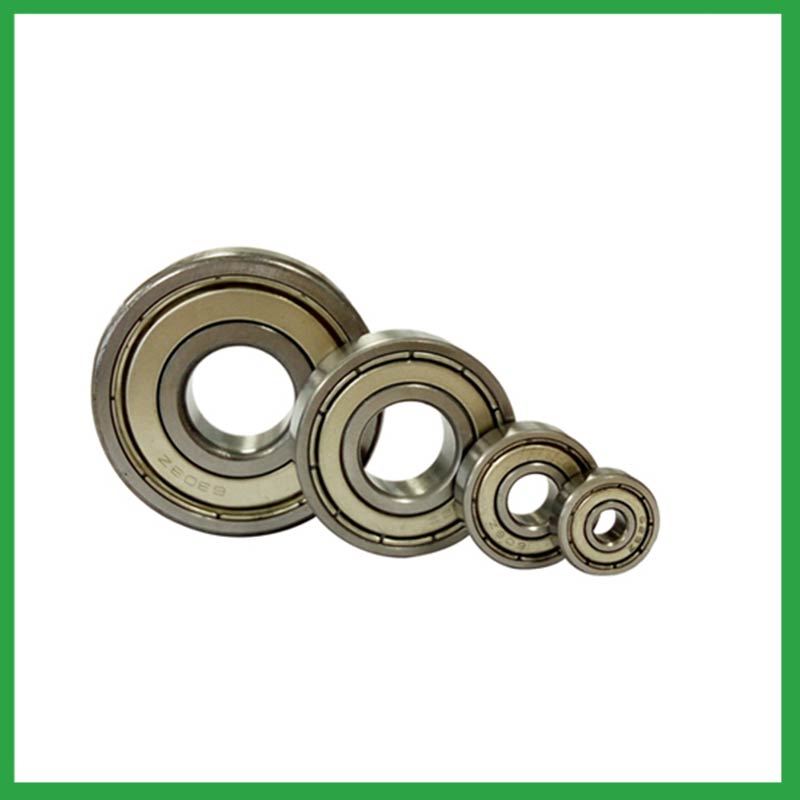
3.Are there self-aligning ball bearing 1 that accommodate misalignment and shaft deflection in rotating equipment?
These ball bearing 1 are particularly suitable for applications where misalignment can arise from errors in mounting or shaft deflection. A variety of designs are available with cylindrical and taper bores, with seals and adapter sleeves and extended inner rings.
4.How do cage materials and designs impact ball bearing 1 performance and stability?
As the core component of rotating machinery, the performance and reliability of high-precision ball bearing 1 directly affect the overall performance and life of the machine and instrument . The increase of the rotational speed will aggravate the collision and friction of the cage, which will lead to the decrease of the rotational stability of the cage. The unstable movement of the cage could in turn lead to more severe collision and wear, thus reducing the life and reliability or even the destruction of the bearing.
Therefore, it is very necessary to study the cage stability to guarantee the stable operation of bearings. However, the dynamic characteristics of the cage is very complex. Parameters such as load, rotational speed and lubrication may affect its kinematic and tribological conditions, which leads to the change of its motion behavior.
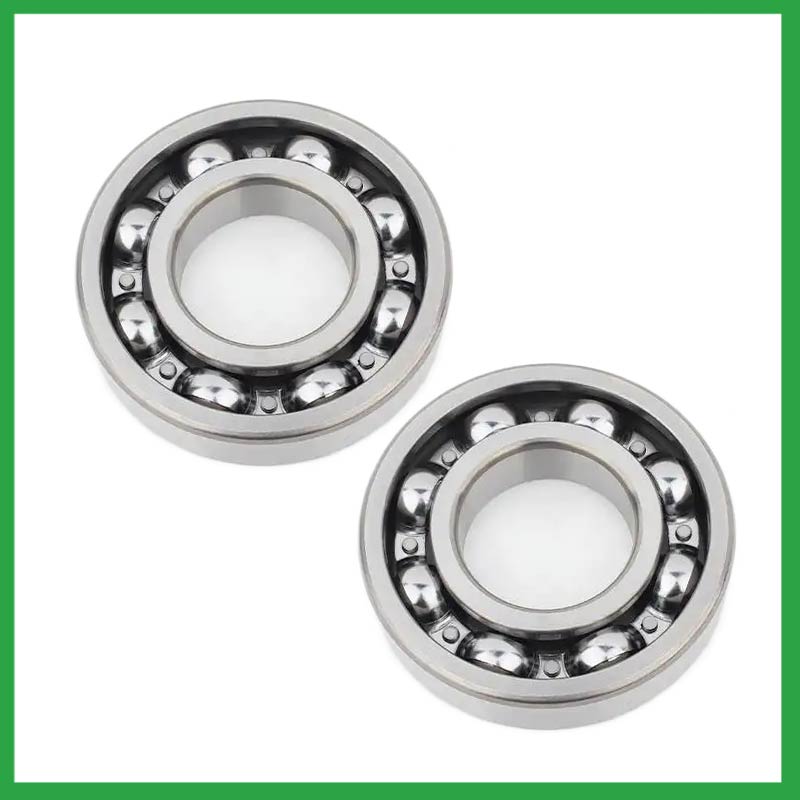
5.Are there ball bearing 1 designed for extreme temperature environments, such as cryogenic or furnace applications?
High temperature ball bearing 1 use specialized lubricants to stand up to high temperatures. Grease-packed bearings are pre-filled with fluorine grease for high temperatures, while YS and SJ bearings use molybdenum disulfide (MoS2) solid lubricant to withstand temperatures up to 350°C and 400°C respectively.
6.What anti-corrosion coatings or treatments are available for ball bearing 1 used in marine or outdoor applications?
Corrosion Resistant Coatings.Whether ball bearing 1 are manufactured from stainless steel or from chrome, anti-corrosion coatings can be applied. Compared to the natural state of the base metal, these coatings make surfaces less chemically reactive. In their selection of treatments or coatings, some industries choose to consult with the manufacturer of the bearings they use. This is because surface engineering is a highly specialized undertaking. These coatings used for their anti-corrosion properties to protect bearings in harsh environments include the following:Passivation (of stainless steel),Carbide and titanium nitride,Galvanized zinc,Nickel plating,Cadmium plating,TDC (thin dense chrome).
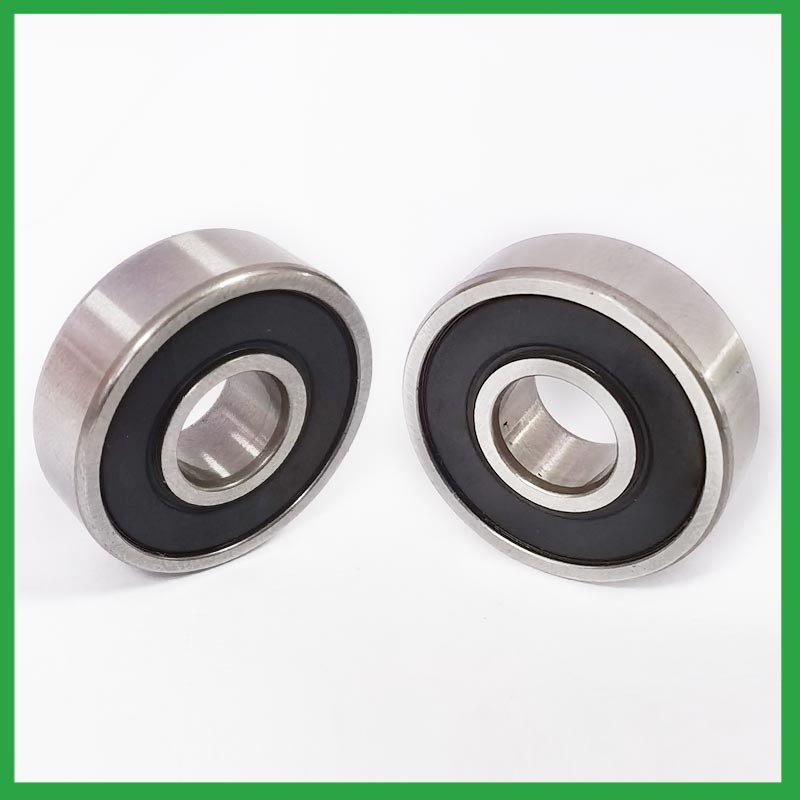
7.Are there ongoing research and development efforts aimed at improving ball bearing 1 materials, designs, and lubrication techniques?
A custom ball bearing 1 can satisfy almost any customer’s needs. Your application may need a needle roller or ball bearing, a radial or angular contact design, a plain carbon steel bearing with anti-corrosion coatings or stainless steel, a thrust bearing or a spherical bearing, tight or loose radial play, sealed or non-sealed designs
8.As a ball bearing 1 manufacturer,Your product certifications?
ISO9001:2015 certificate,ISO 9001 Certification,CE-stator,etc.
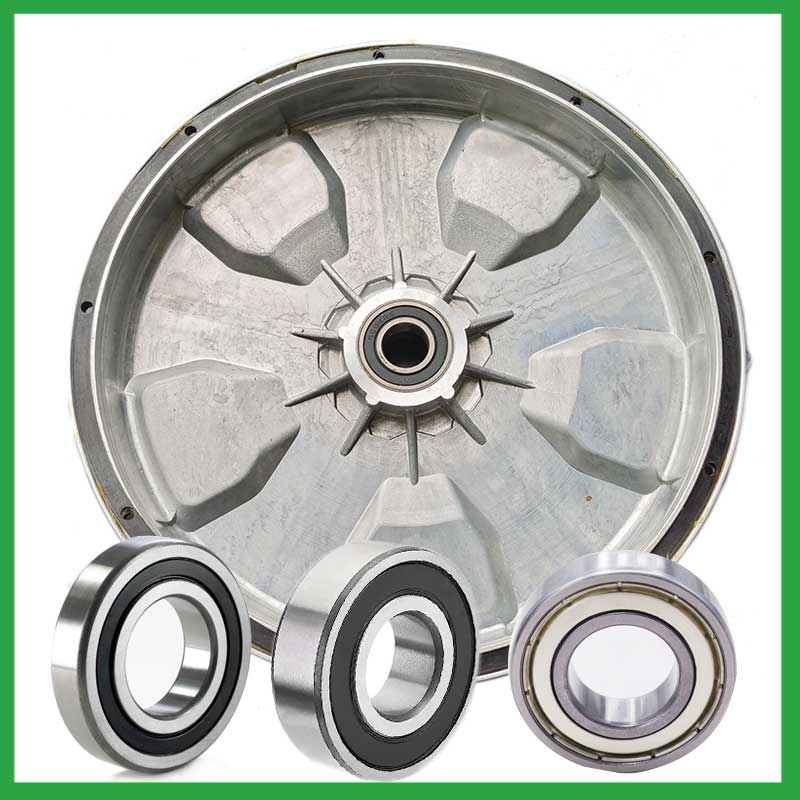
9.Are there ceramic ball bearing 1 designed for specific applications requiring high-temperature or corrosion resistance?
Ceramic ball bearing 1 are a special type of bearing made of ceramic materials, offering superior wear resistance, corrosion resistance, and high-temperature performance. They provide excellent performance in applications requiring high speeds, high temperatures, and resistance to corrosion.
10.As a ball bearing 1 manufacturer,can you supply samples?
Sure, samples can be provided free of charge, and the buyer pay the postage of the sample.
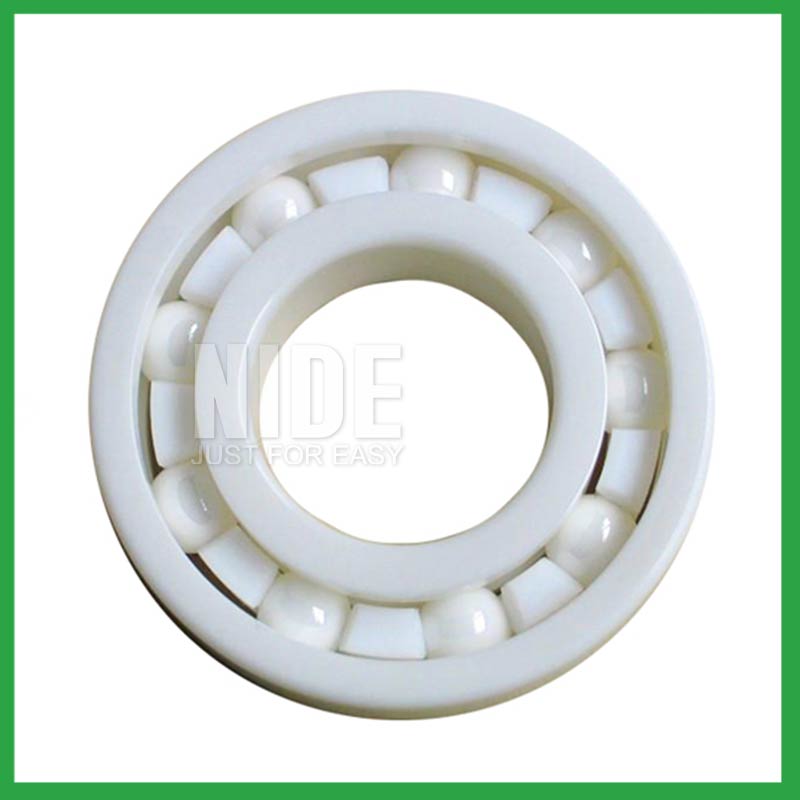
11.Are there specific ball bearing 1 designed for applications in the aerospace and aviation industries, and what standards do they adhere to?
Airframe control ball bearing 1 are specialized bearings tailored for aircraft structures, particularly control systems and surfaces. Designed for low-speed oscillatory applications, they offer precision and support, effectively managing misalignments and flight-induced stresses.
Airframe Control bearings are lightweight, corrosion-resistant, grease-lubricated, and are sealed on most occasions. They come in precision grades for running accuracy.
12.What maintenance practices are recommended to extend the lifespan of ball bearing 1 and prevent premature failure?
Proper handling and installation of ball bearing 1 is essential to preventing premature failure. Ensure that bearings are stored and transported in a clean, dry, and vibration-free environment. During installation, ensure that bearings are properly aligned, and torque is applied correctly.
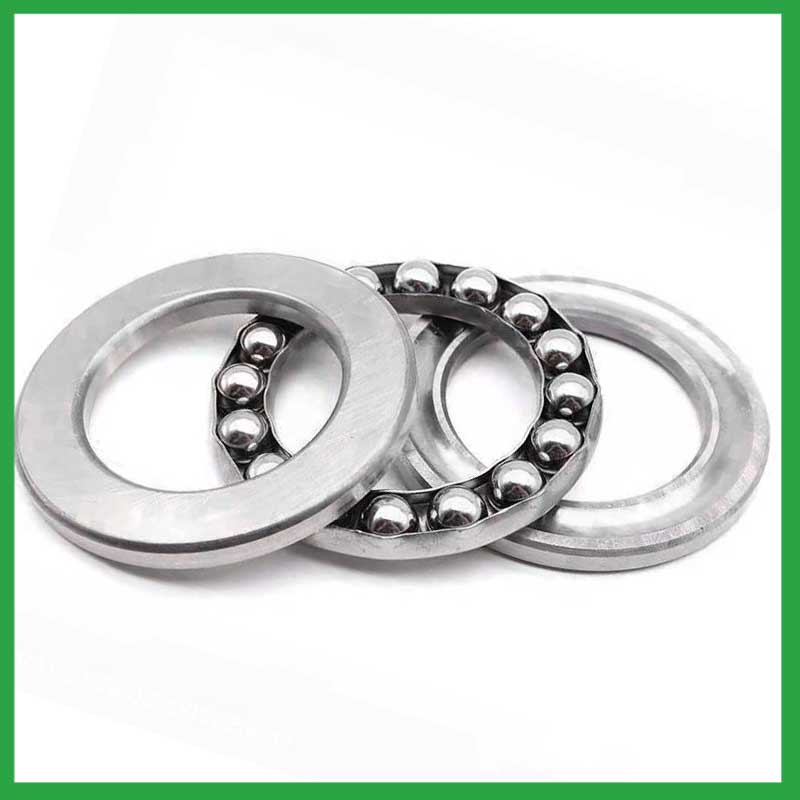
13.Do ball bearing 1 come in various tolerance classes?
Bearing tolerances are standardized by classifying bearings into the following six classes (accuracy in tolerances becomes higher in the order described): 0, 6X, 6, 5, 4 and 2.
14.How do cage designs affect ball bearing 1 speed and acceleration capabilities in high-speed machinery?
In high-speed ball bearing 1, external load has a great effect on cage stability and sliding ratio, especially for the bearings at work in the starting process. The cage stability is worse in the beginning of the bearing starting process. The axial load greatly influences cage dynamic performance in the bearing starting process.
In addition, while ball bearings worked under steady conditions, axial load and radial load both have a great influence on cage dynamic performance. The effects of axial load on cage dynamic performance during the bearing starting process are opposite from the effects under steady conditions.
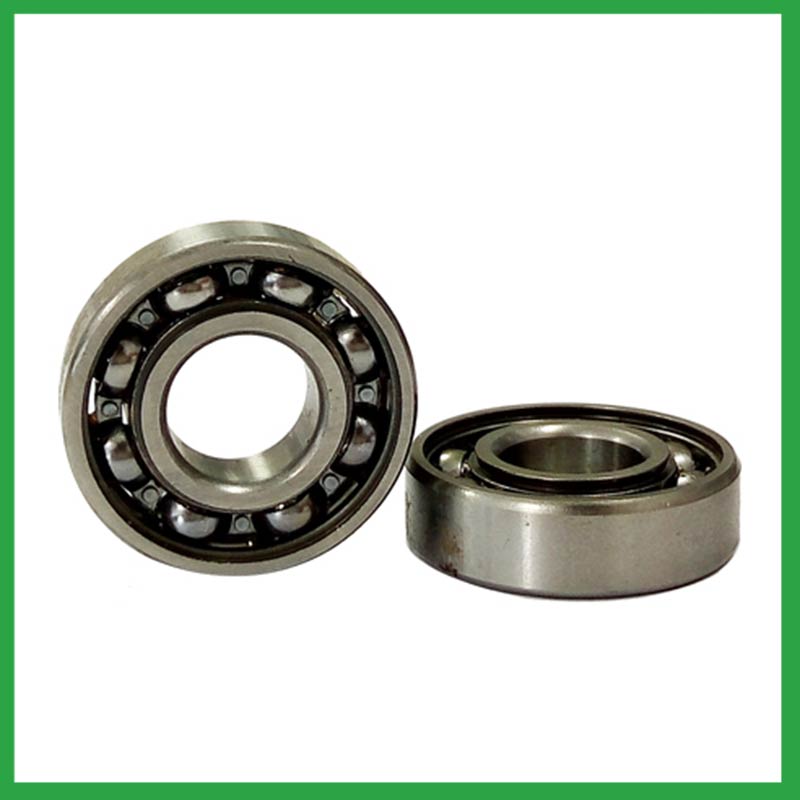
15.Can ball bearing 1 operate in high-temperature environments like industrial ovens or furnaces, and how are they protected from heat-related damage?
ball bearing 1 are capable of working at temperatures up to +842°F (+450 °C). Special lubricants, seals and coatings make this possible by protecting the ball bearings from heat damage.
16.What is the typical noise level associated with ball bearing 1, and how are noise-reduction techniques applied?
To measure in accurate way the ball bearing 1 noise under rotation during their manufacturing process is a key activity particularly in the production of medium, small and ultra-small deep groove ball bearings. This capability in bearings noise analysis has become the real distinguishing element between a standard bearings noise equipment and a superior class one.
The various types of vibration and sound in rolling bearings can be grouped in four main categories: structural, manufacturing, handling and other. The structural vibration consists mostly of race, click, squeal and cage noise: it can be continuous or intermittent depending on specific cases. The manufacturing vibration is instead related to the waviness noise generated by the geometrical imperfections of inner and outer ring and of rolling elements, being always continuous in nature. The so-called handling vibration is normally associated with flaw and contamination and is generating – in most of the cases – irregular noise. Then there are other types of vibrabition that include noise generated by sealing and lubricant (irregular) or by runout (continuous).
